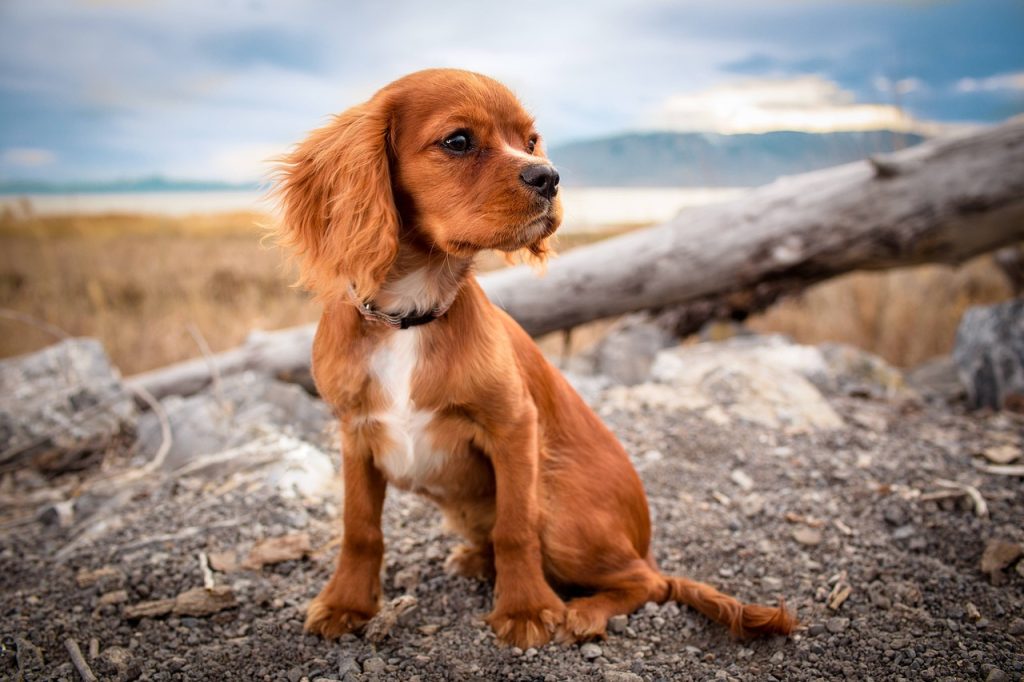
Welcoming a new puppy into your home is an exciting journey filled with love and joy. However, along with the cuddles and playtime comes the challenge of potty training. Establishing good potty habits early on not only keeps your home clean and hygienic but also lays the foundation for a strong bond between you and your furry friend. Potty training isn’t just about teaching your puppy where to go to the bathroom—it’s about fostering communication, trust, and understanding. In this comprehensive guide, we’ll explore the world of potty training, offering practical advice, techniques, and tips to help you navigate this essential aspect of puppy parenthood with confidence and success.
Understanding Potty Training
Potty training, or housebreaking, is a fundamental part of raising a puppy. It involves teaching your furry friend when and where it’s appropriate to relieve themselves. While it may seem straightforward, effective potty training requires patience, consistency, and understanding. Why is it essential for puppies? Proper potty training ensures a clean living environment, fosters communication between you and your puppy, and contributes to their overall behavioral development. The ideal age to start potty training varies based on factors like physical development, cognitive abilities, and environmental factors. By considering these factors and starting at the right time, you can set your puppy up for success in their potty training journey.
Establishing a Routine
Consistency and routine play a vital role in successful potty training. By setting up a structured schedule for feeding, potty breaks, playtime, and bedtime, you provide your puppy with clear expectations and reinforce desired behaviors. Consistency helps minimize confusion and reduces the likelihood of accidents, creating a predictable environment for your puppy to thrive. Stick to the same feeding times, take your puppy outside for potty breaks regularly, incorporate playtime and exercise into their day, and establish a bedtime routine to promote stability and well-being.
Choosing a Potty Spot

Selecting a designated potty spot for your puppy is crucial for reinforcing good habits and minimizing confusion. Whether you opt for an outdoor area or set up an indoor potty spot, consistency is key. Choose a spot that is easily accessible, private, and consistent, and stick to it for every potty break. For outdoor spots, consider factors like accessibility, privacy, and consistency. For indoor areas, designate a specific spot and use potty pads or litter boxes to create a designated potty area. By selecting a consistent spot and providing your puppy with regular opportunities to use it, you’ll help them develop good potty habits and streamline the training process.
Supervision and Monitoring
Close supervision is essential during the potty training process to anticipate your puppy’s needs and prevent accidents. Watch for signs that your puppy needs to go potty, such as sniffing or circling, and take them outside immediately. Limit their access to areas where accidents are more likely to happen, such as carpeted rooms, and be proactive in addressing their needs. By closely supervising your puppy and being proactive, you can minimize accidents and reinforce good potty habits.
Dealing with Accidents
Accidents are a natural part of the potty training process and should be handled calmly and effectively. Avoid scolding or punishing your puppy, as this can create fear and confusion. Instead, clean up accidents promptly using an enzymatic cleaner to remove odors and discourage repeat incidents. Focus on reinforcing positive behavior by redirecting your puppy to their designated potty spot and offering praise and rewards when they use it correctly.
Consistency is Key
Consistency is crucial for success in potty training. Stick to your established routine and schedule, and maintain consistent expectations for your puppy’s behavior. Be patient and persistent, even when faced with challenges or setbacks. Consistency helps reinforce desired behaviors and prevents confusion for your puppy. By staying committed to the training process and providing consistent guidance and reinforcement, you’ll set your puppy up for success.
Celebrating Successes

It’s essential to celebrate your puppy’s potty training successes, no matter how small. Recognize and praise them whenever they use their designated potty spot correctly. Offer rewards such as treats or extra playtime to reinforce good behavior and motivate them to continue making progress. Celebrating successes helps build your puppy’s confidence and strengthens your bond with them.
Potty training is a fundamental aspect of raising a puppy that requires patience, consistency, and positive reinforcement. By following the tips and techniques outlined in this guide, you can create a structured and supportive environment for your puppy to learn and grow. Remember to closely supervise your puppy, handle accidents with understanding, and maintain consistency in your training approach. Celebrate their successes and be patient as they navigate the potty training journey. With time, dedication, and love, you’ll achieve potty training success and enjoy a harmonious relationship with your furry companion.